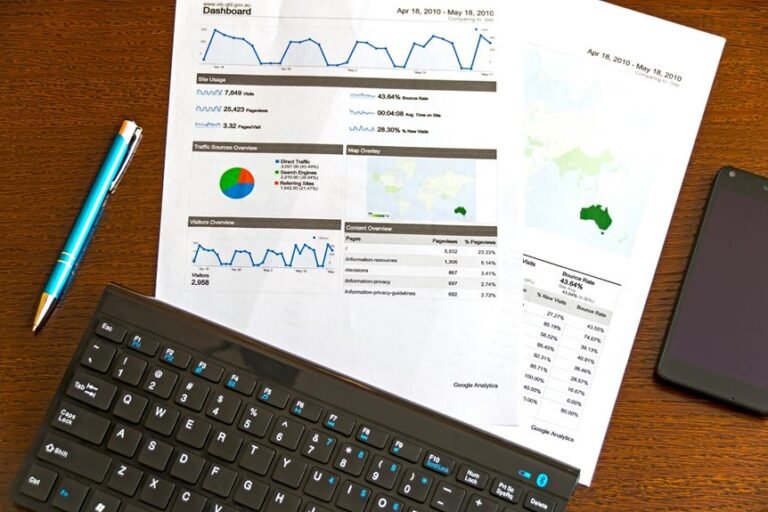Look Into 4074695056, 8339014154, 8123263001, 7269001094, 4252302520, 7864418600
The exploration of phone numbers such as 4074695056 and 8339014154 reveals important trends in modern communication. Their usage can indicate varying levels of engagement and purpose. In contrast, numbers like 8123263001, 7269001094, 4252302520, and 7864418600 raise questions about authenticity and caller legitimacy. Understanding these distinctions is crucial. What implications do these numbers hold for user safety and interaction? The answers may reshape perceptions of telecommunication practices today.
Understanding the Number 4074695056
The number 4074695056 presents a fascinating case for analysis within the realm of numerical significance.
This sequence exemplifies common phone patterns, suggesting potential connections to communication networks. Its structure invites exploration into how digits influence perception and usage.
Understanding such numbers not only reveals statistical trends but also opens discussions on the broader implications of number significance in contemporary society, particularly in telecommunications.
Insights on 8339014154 and Its Potential Uses
How does the number 8339014154 fit into the landscape of modern communication?
This number presents various potential applications, including customer service and marketing.
User experiences indicate its effectiveness in establishing connections and facilitating interactions.
As businesses increasingly leverage such numbers for engagement, understanding their implications can empower individuals to navigate communication channels more freely and effectively, enhancing overall engagement in digital spaces.
Examining the Legitimacy of 8123263001, 7269001094, 4252302520, and 7864418600
What factors contribute to the legitimacy of phone numbers such as 8123263001, 7269001094, 4252302520, and 7864418600? Key indicators include caller identification, frequency of reported interactions, and the nature of their communications. Distinguishing between legitimate callers and potential scams requires critical evaluation of these elements, ensuring that individuals remain vigilant against deceptive practices while maintaining the freedom to engage with authentic connections.
Conclusion
In an age where communication resembles a bustling town square, the scrutiny of phone numbers like 4074695056 and 8339014154 becomes paramount. The legitimacy of numbers such as 8123263001, 7269001094, 4252302520, and 7864418600 underscores the necessity for vigilant caller identification. As societies evolve, discerning genuine interactions from potential scams remains critical, akin to deciphering the true intentions of a merchant in a medieval market. Thus, awareness and analysis shape safer communication practices in today’s digital landscape.






